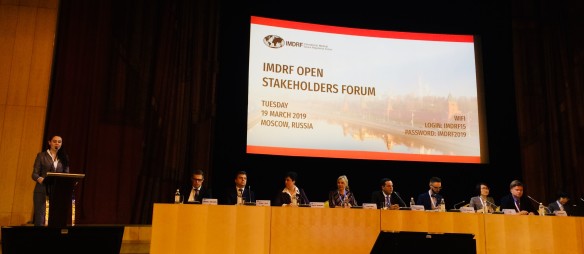Dear Colleagues,
August was rather quiet in Russia and the Eurasian countries in terms of new medical device regulations released. Nevertheless, for those of you interested in the field, here is the usual selection of my monthly highlights:
- Extension of the List of Medical Devices with 0% VAT in Russia
On 19 August 2019 the Russian government published resolution no. 1054 (Link in Russian) and extended the list of medical devices which are not subject to VAT.
It should be recalled that the list was launched in 2015; however, since January 2017, when a new OKPD2 (ОКПД-2) classification came into force in Russia, a significant number of new codes for medical devices, such as certain surgical instruments, computer tomography, certain diagnostic devices, X-ray and ultrasound machines, and electro-diagnostic and scintigraphic devices, were missing from the list. As implemented by Russian tax regulations, the VAT for these products was changed from 0% to 18%. This has led to difficulties with their importation and tax/customs clearance for their distributors and manufacturers.
The updated list uses a new classification system and includes more than 90 new (OKPD-2) codes for medical devices previously missing codes. It also provides VAT preferences for ‘old’ (OKP) codes for medical devices registered before 2017.
- IMDRF Meeting in Yekaterinburg
In 2019 Russia is the official chair of the International Medical Device Regulators Forum (IMDRF). The sixteenth IMDRF meeting and Open Stakeholders Forum will be held from 16-19 September 2019 in Yekaterinburg. The meeting’s key topic has been announced as artificial intelligence in healthcare and the meeting will address regulatory and standardisation activities for medical devices based on artificial intelligence. A detailed agenda is published on the official webpage of the event. Registration is open until 9 September 2019.
It should also be noted that the Russian healthcare regulator Roszdravnadzor announced an internal IVD working group meeting taking place from 20-22 August 2019 within the framework of the IMDRF forum.
The previous IMDRF meeting took place in Moscow in March 2019.
- Update on Notification Requirements on the Start of Activities in the Medical Device Domain
On 9 August 2019 the Russian Ministry of Health enforced Order 3239 (link in Russian) with a new edition of the regulation on notifications on the start of activities in the field of circulation of medical devices. According to the enforced document, any legal entity involved in medical device circulation in Russia must notify healthcare regulators prior to the start of activities. The requirement is not new, but a new edition of the regulations harmonised it with other regulations and allows for the submitting of notifications to any territorial body of Roszdravnadzor in Russia.
***
Thank you for following my blog, which is a non-commercial project with the aim of making Russian and Eurasian medical device regulations clearer for regulatory professionals. You can also find me and follow my updates on Twitter @MedDevRus

